| Title | Golden Spike |
| Park Code | gosp |
| Description | One of the greatest technological achievements of the 19th century is the completion of the first transcontinental railroad across the United States. Visitors to the park can see the location of the Last Spike Site, 1869 railroad construction fea... |
| Location | |
| Contact | |
| Activities |
|
| Entrance fees |
Entrance - Private Vehicle
$20.00
The per vehicle fee covers all occupants in a single private vehicle. The fee will allow visitors access to all resources open to the public, including auto tours, walking trails, films, exhibit areas, ranger guided programs, and other seasonal activities.
If visitors have any of the America the Beautiful Inter-agency passes, these will cover the pass holder and anyone that is in their personal vehicle.
Entrance - Motorcycle
$15.00
The motorcycle fee admits the driver and one passenger. The fee will allow visitors access to all resources open to the public, including auto tours, walking trails, films, exhibit area, ranger guided programs, other seasonal activities.
If visitors have any of the America the Beautiful Inter-agency passes, these will cover the pass holder and the passenger of the motorcycle.
Entrance - Per Person
$10.00
Admits one individual with no car. This pass is typically used for bicyclists, and pedestrians. Youth 15 and under are admitted free. The fee will allow visitor access to all resources open to the public, including auto tours, walking trails, films, exhibit area, ranger guided programs, other seasonal activities. If visitors have any of the America the Beautiful Inter-agency passes, these will cover the pass holder.
|
| Campgrounds | Count: 0
|
| Places | Count: 18
#1 The Last ClimbThe West Auto Tour is approximately seven miles and follows the original Transcontinental railroad grade and allows visitors to experience what passengers would have encountered on their travels through Utah Territory. A glimpse of the Great Salt Lake, wide open spaces and the iconic "10 Miles in a Day" sign await the visitor. The tour begins seven miles west of the Visitor Center via Golden Spike Drive. The West Tour is closed seasonally from late November to early June. 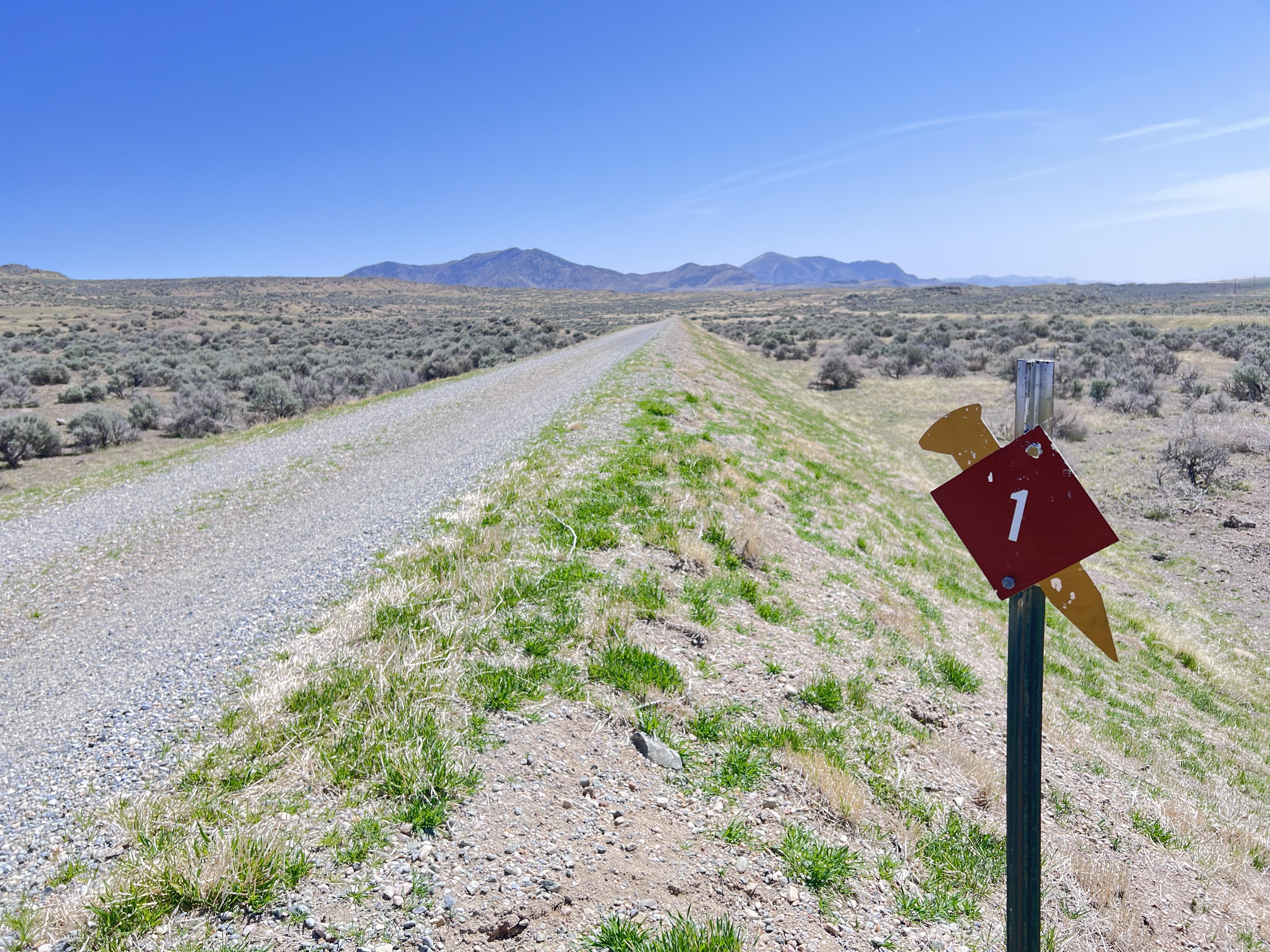
#10 An Unlikey Meeting PlaceThe stop is at where the tracks meet the road. This is the beginning of the East Auto Tour. 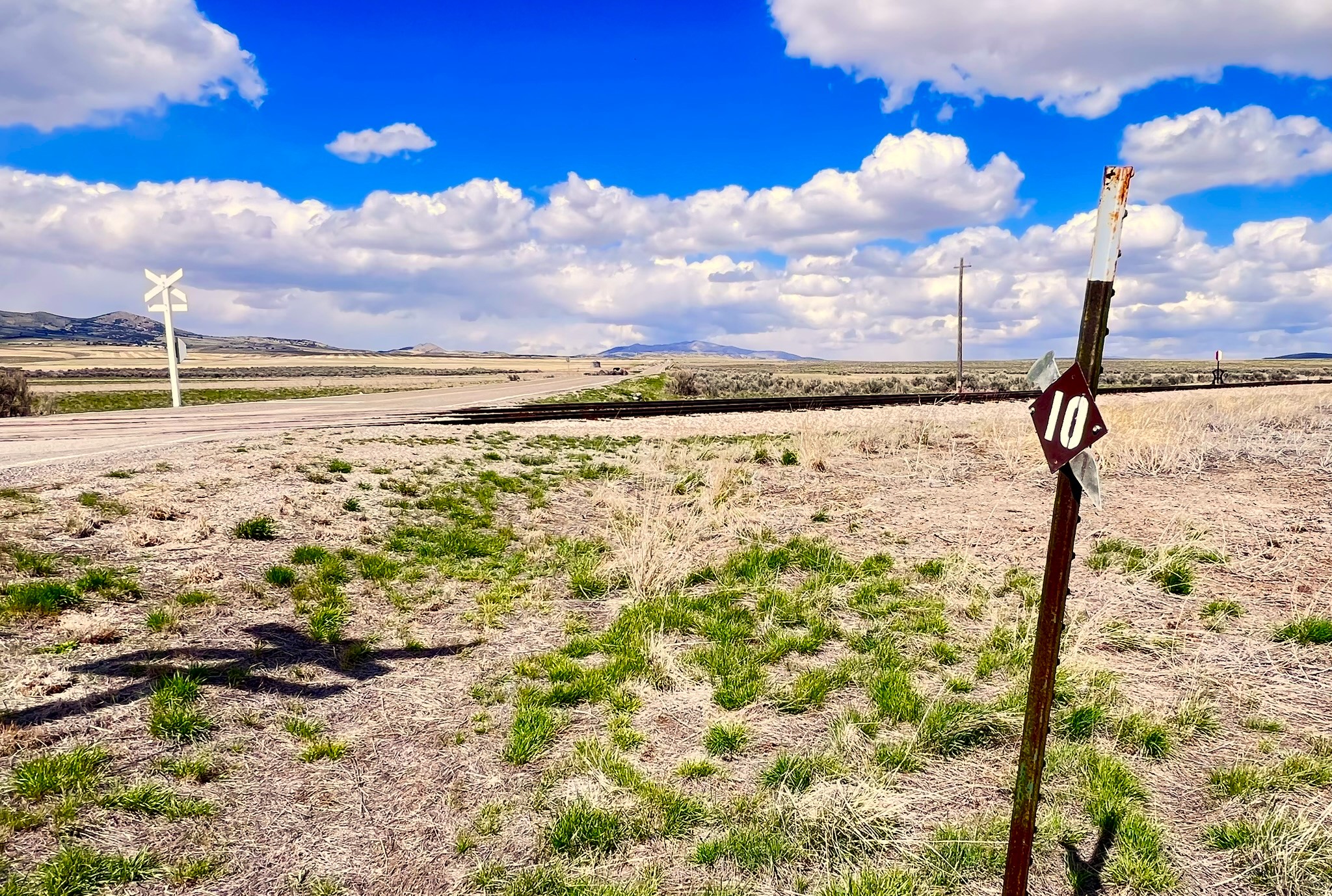
#11 Union Pacifics Last CutEast Auto Tour Marker 11-Union Pacific's Last Cut. Ironically, some of the most difficult work for the Union Pacific on their line from Nebraska to Utah was here in these mountains, only a few miles from the completion site. A tortuous ten miles of track, with an average climb of eighty feet per mile, was laid from the valley floor to the summit of the four long fills, four major trestles, five sizable rock cuts, and numerous culverts. 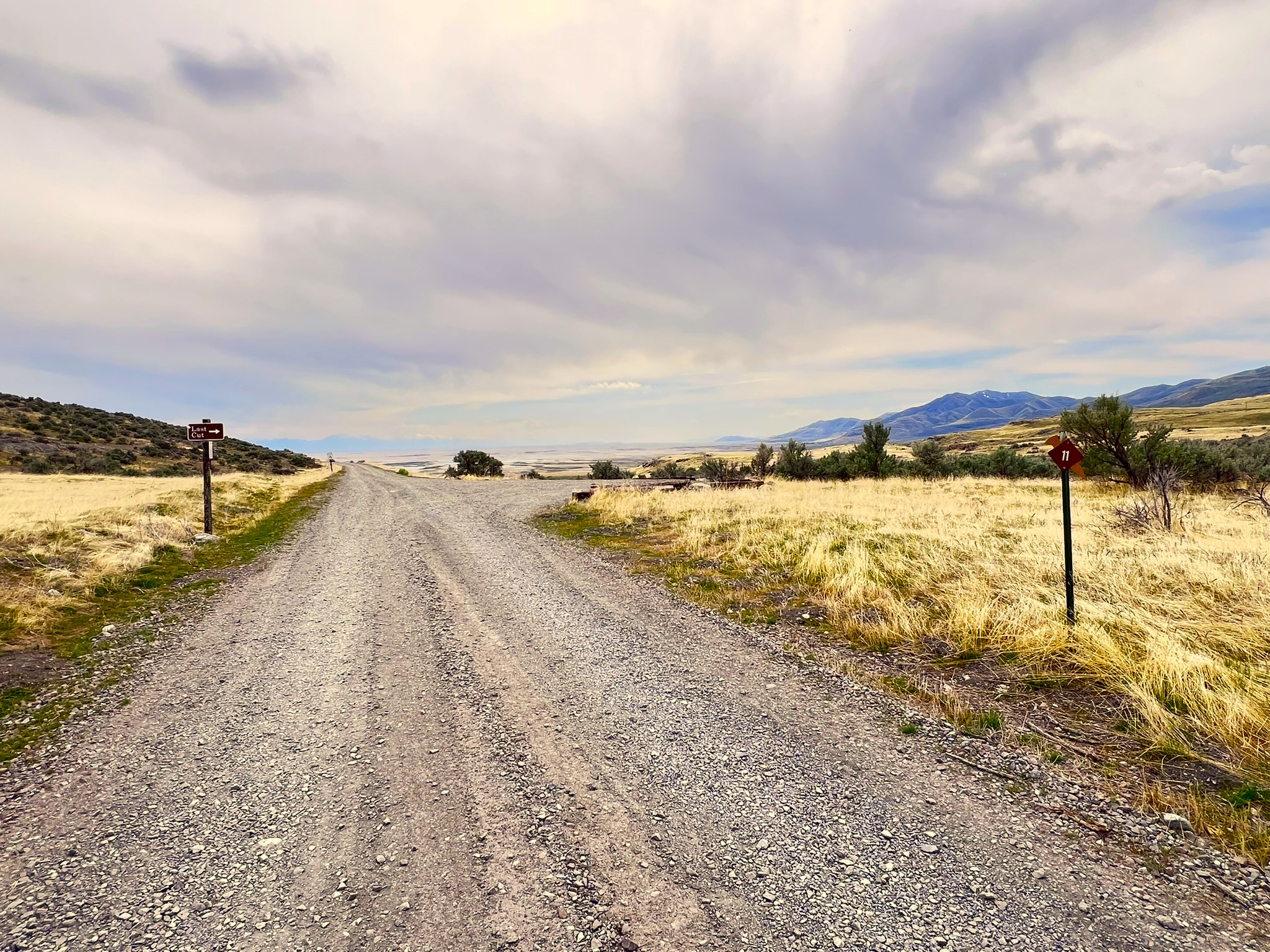
#12 Trestles and FillsTrestles and Fills Union Pacific crews began construction work in the Promontory Range much later than Central Pacific. Their belated start and the difficult job required shortcuts wherever possible. 
#13 BlastingBlasting Deep rock cuts like this one required specialized labor, tools, and huge quantities of explosives. Cuts were started by two-man drilling teams called double-jackers. One worker rotated a steel, chisel-like star drill, while the other struck it with a sledgehammer. A good double-jack team could drill a thirty-inch-deep hole in an hour. Look carefully; many of these drill holes are still visible. 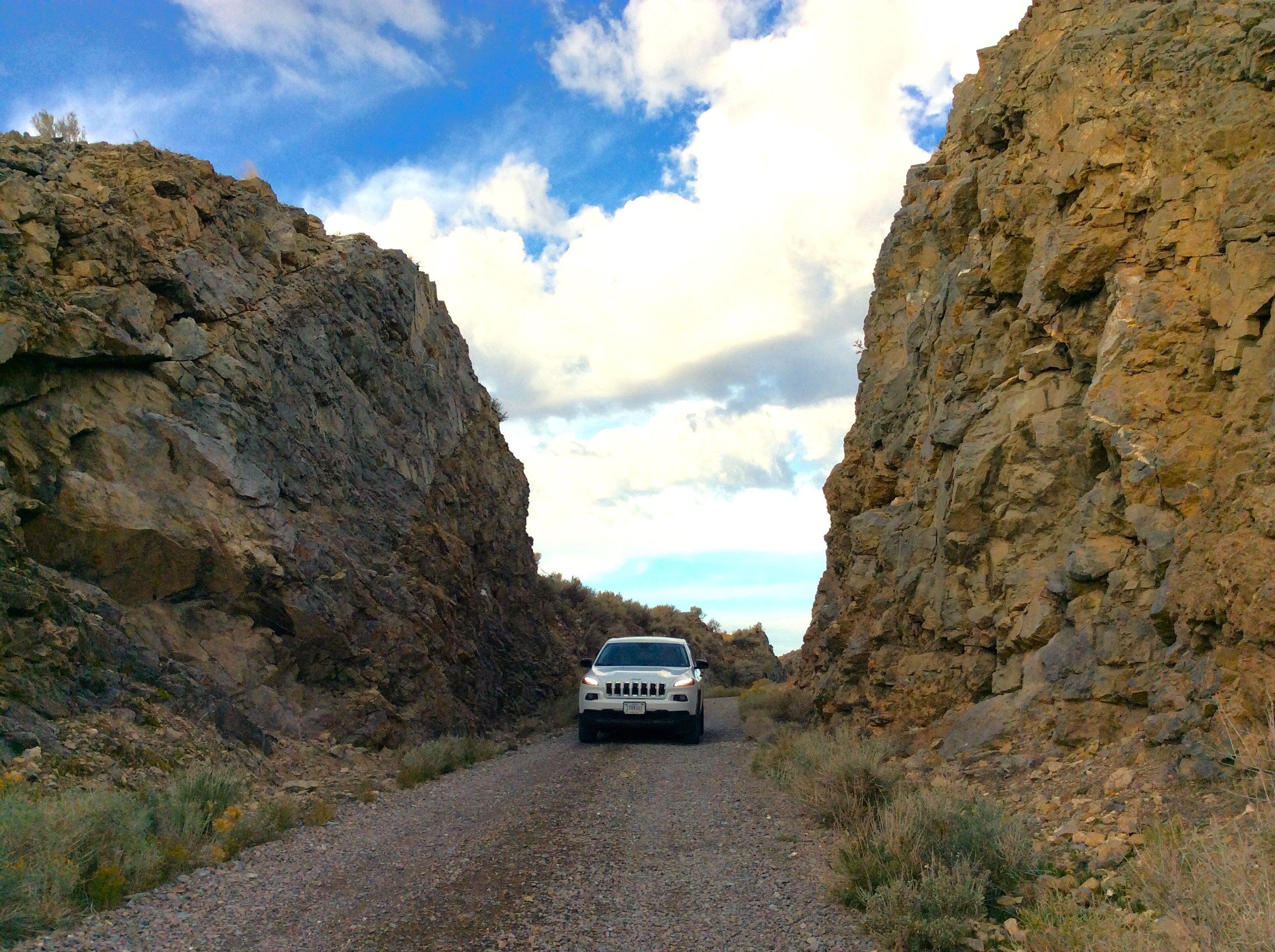
#14 Choosing a RouteChoosing a Route The Great Salt Lake created a sizeable barrier to the railroad. The Union Pacific entered the valley from the east through Weber Canyon into Ogden. The choice then was to go around the lake either to the north or the south. Residents of Salt Lake City pressed the railroads for a southerly route, which would bring it right through town. 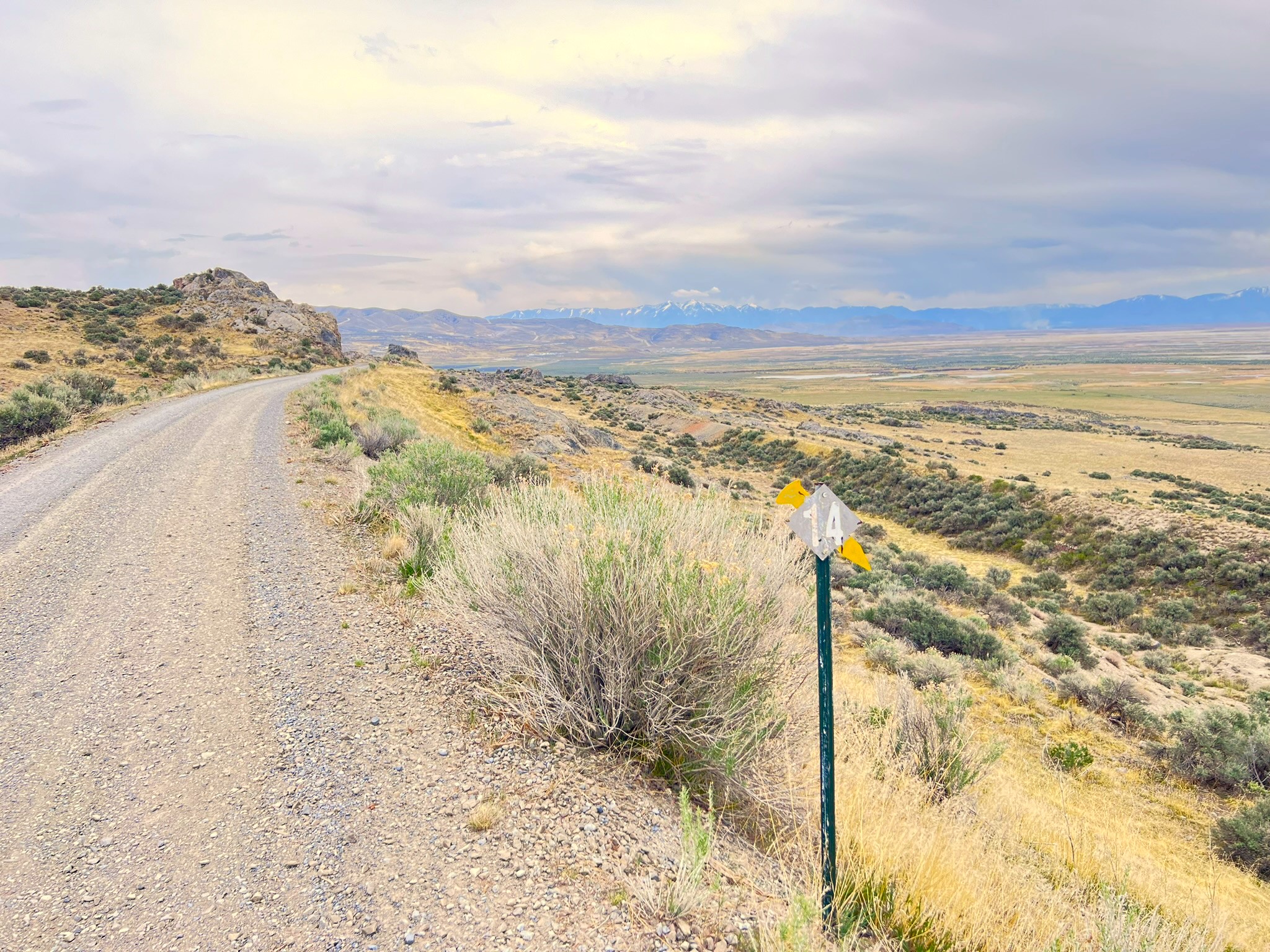
#15 Natural MemorialNatural Memorial The limestone formation on your left, known as the Chinese Arch, has become a memorial to the thousands of Chinese who helped build the transcontinental railroad. Labor was scarce in California. The Central Pacific first employed Chinese experimentally in 1865. They proved themselves to be excellent workers and soon the company recruited directly from China. By 1868, over 11,000 Chinese laborers were employed on the railroad. Many of the Chinese remained wi 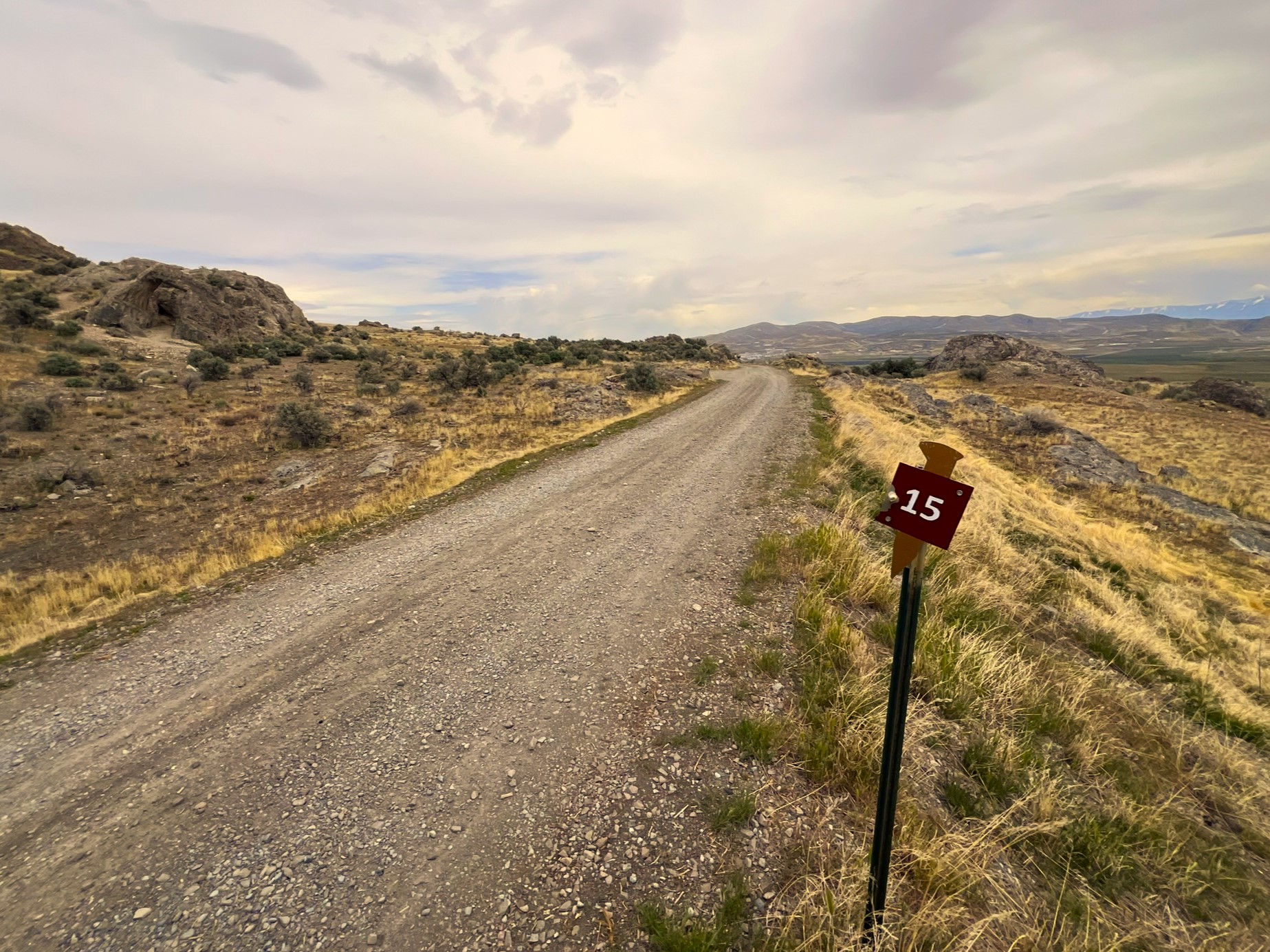
#16 The Steepest GradeThe Steepest Grade You are now descending the steepest mile of railroad in Utah. The Pacific Railroad Act of 1862 authorized construction of and stipulated that grades were not to exceed 2.2%, or 116 feet of elevation per mile. This stretch measures 1.7% or 90 feet per mile, a hard pull for steam locomotives of the day. Yet, in the entire 1,776 miles of the transcontinental railroad, the grade seldom exceeded 1.5%. 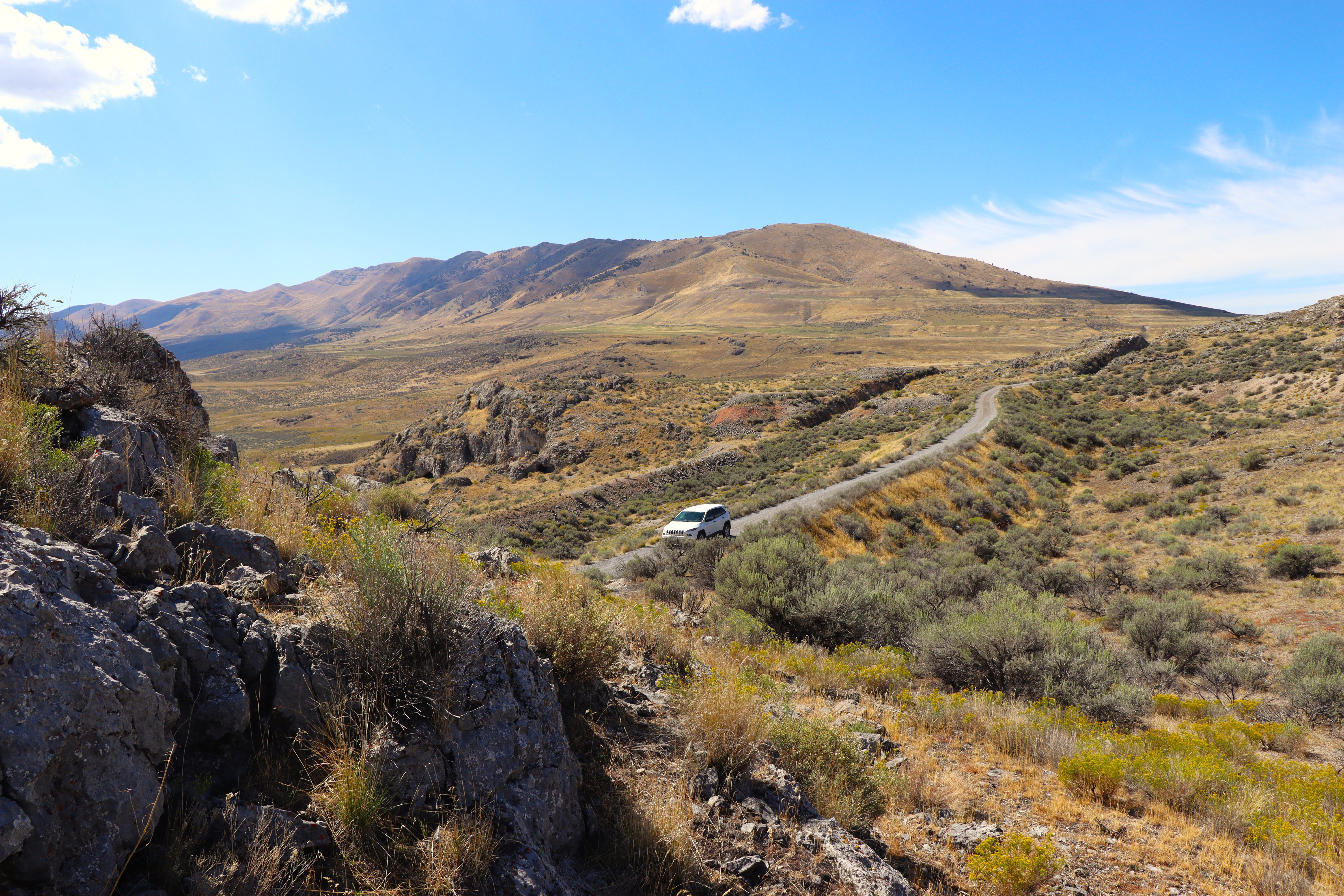
#17 More to DiscoverMore to Discover Look across the valley to the right. Can you see the two grades on the hillside? After their descent to the valley floor they run parallel to Highway 83 into Brigham City. With a sharp eye you will be able to see them on your right if you drive into town. 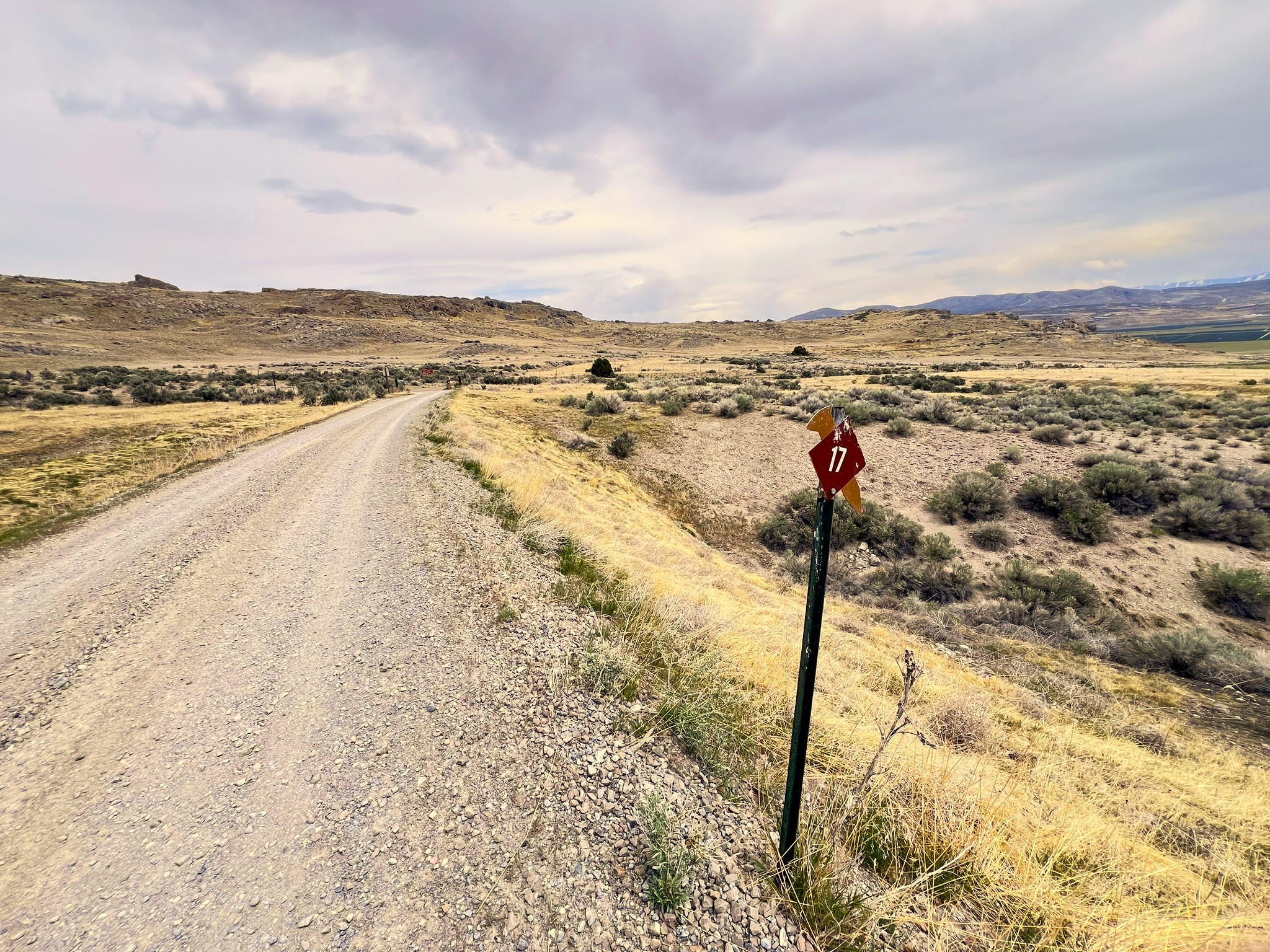
#18 Big Fill and Big Trestle SiteBig Fill and Big Trestle Site This leisurely walk will allow you to see many of the details of railroad construction close-up. Look for drill marks in the deep cuts. These long, straight scars from 1869 are silent testimony to the hurdle over the mountains. 
#2 Parallel GradingThe West Auto Tour is approximately seven miles and follows the original Transcontinental railroad grade and allows visitors to experience what passengers would have encountered on their travels through Utah Territory. A glimpse of the Great Salt Lake, wide open spaces and the iconic "10 Miles in a Day" sign await the visitor. The tour begins seven miles west of the Visitor Center via Golden Spike Drive. The West Tour is closed seasonally from late November to early June. 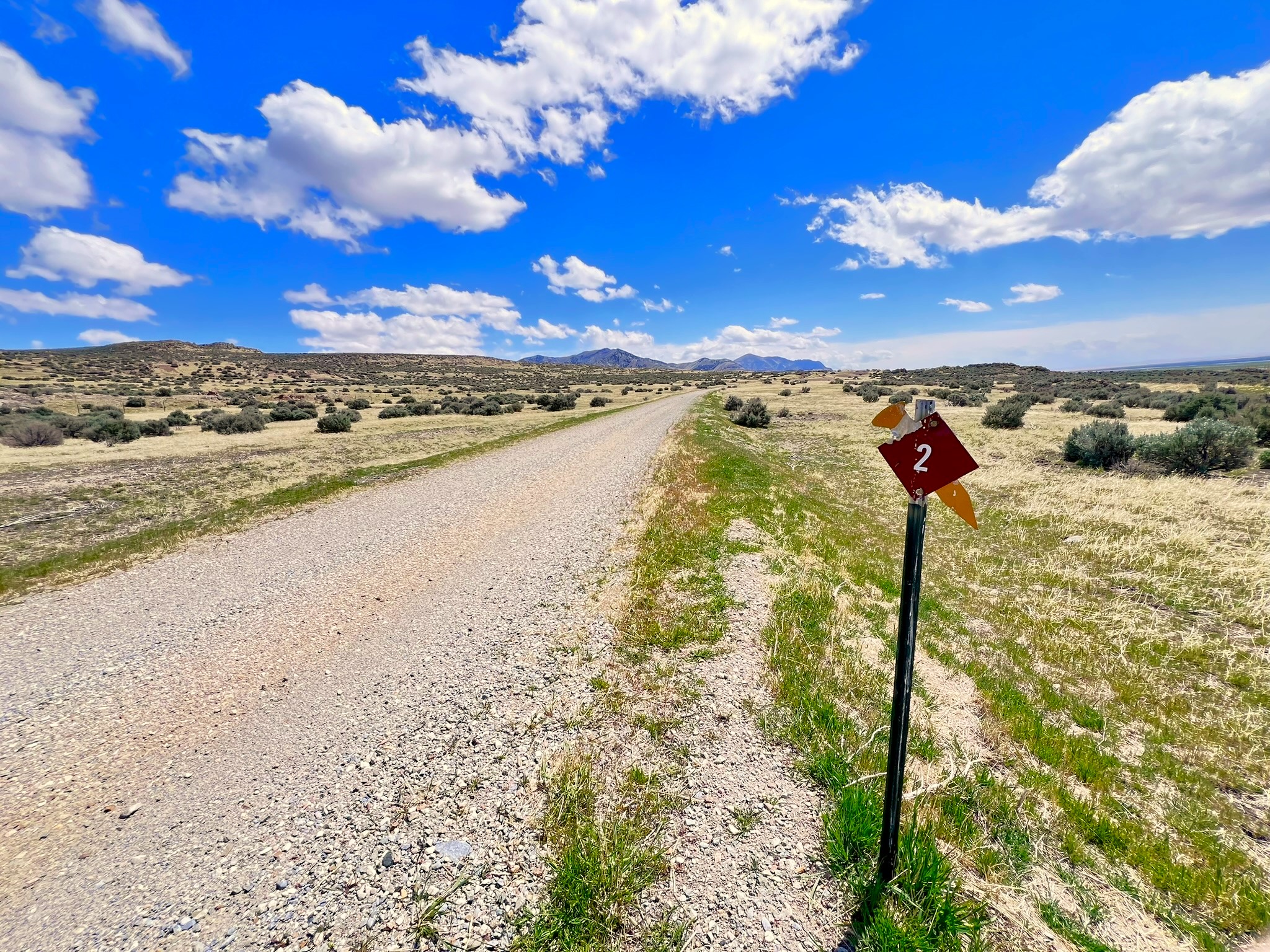
#3 Cut and FillThe West Auto Tour is approximately seven miles and follows the original Transcontinental railroad grade and allows visitors to experience what passengers would have encountered on their travels through Utah Territory. A glimpse of the Great Salt Lake, wide open spaces and the iconic "10 Miles in a Day" sign await the visitor. The tour begins seven miles west of the Visitor Center via Golden Spike Drive. The West Tour is closed seasonally from late November to early June. 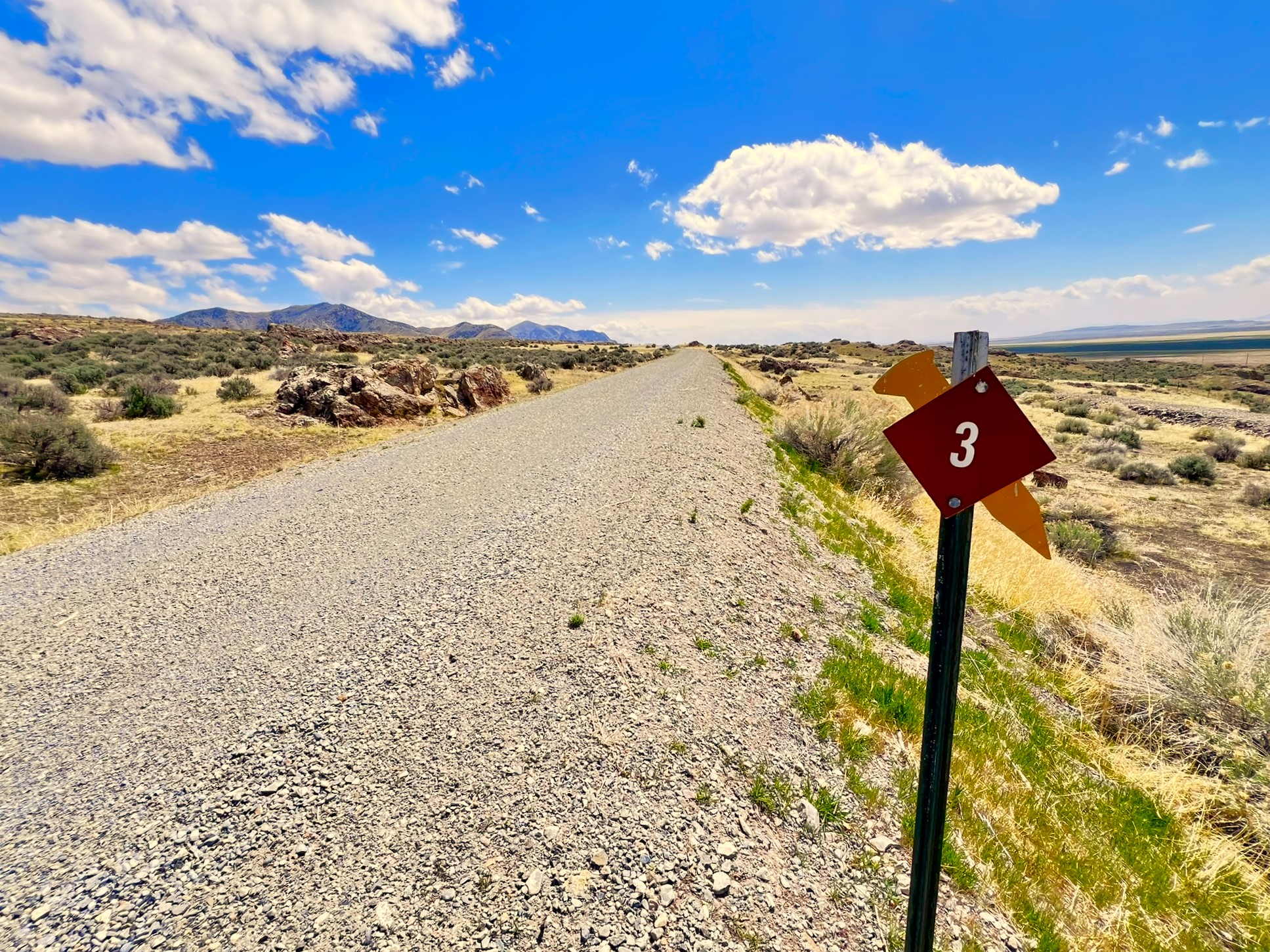
#4 Stair-Step Cuts#4 Marker in West Auto Tour 
#5 A Hand-Built RailroadWest Auto Tour Maker #5 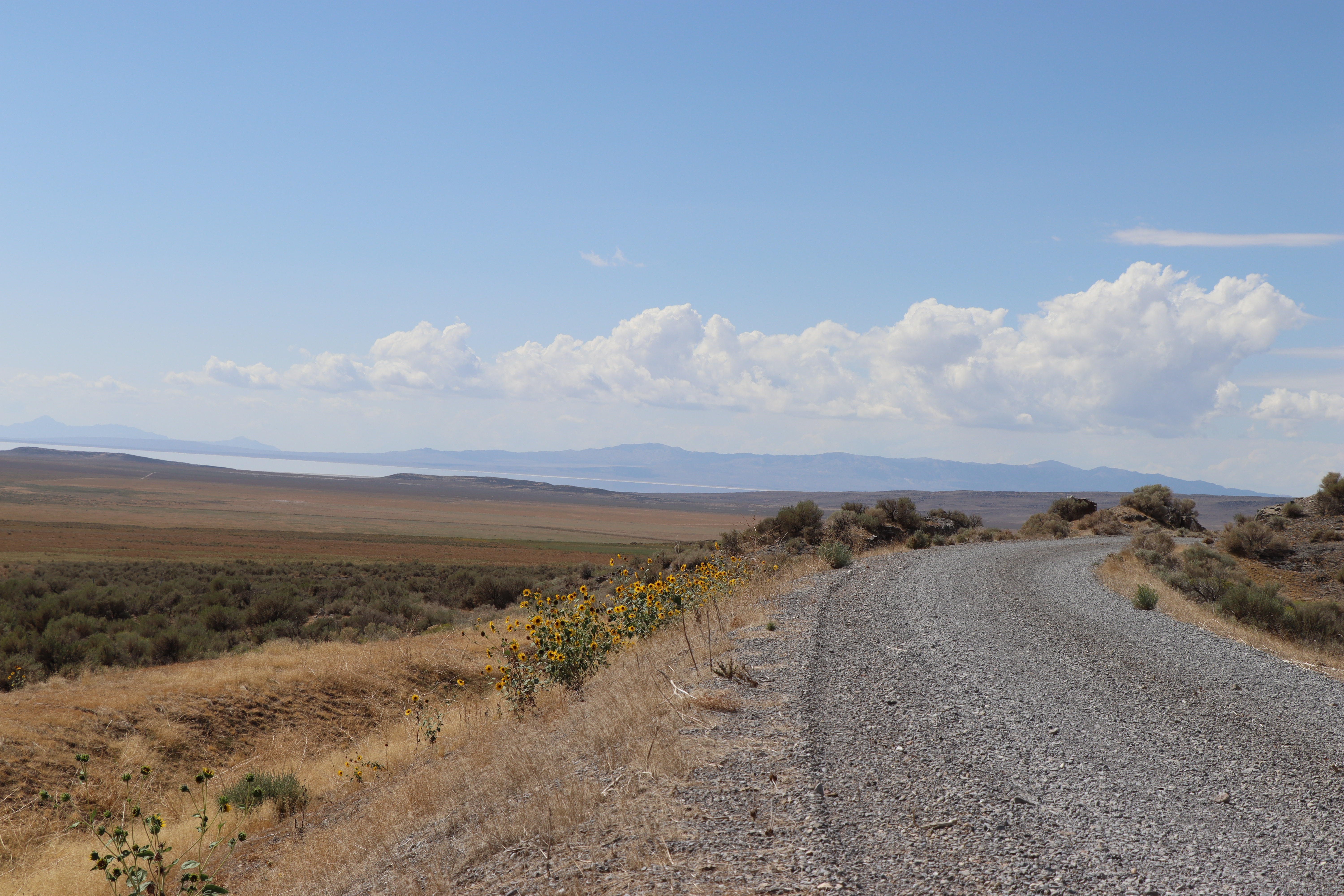
#6 SidingsMaker #6 Sidings 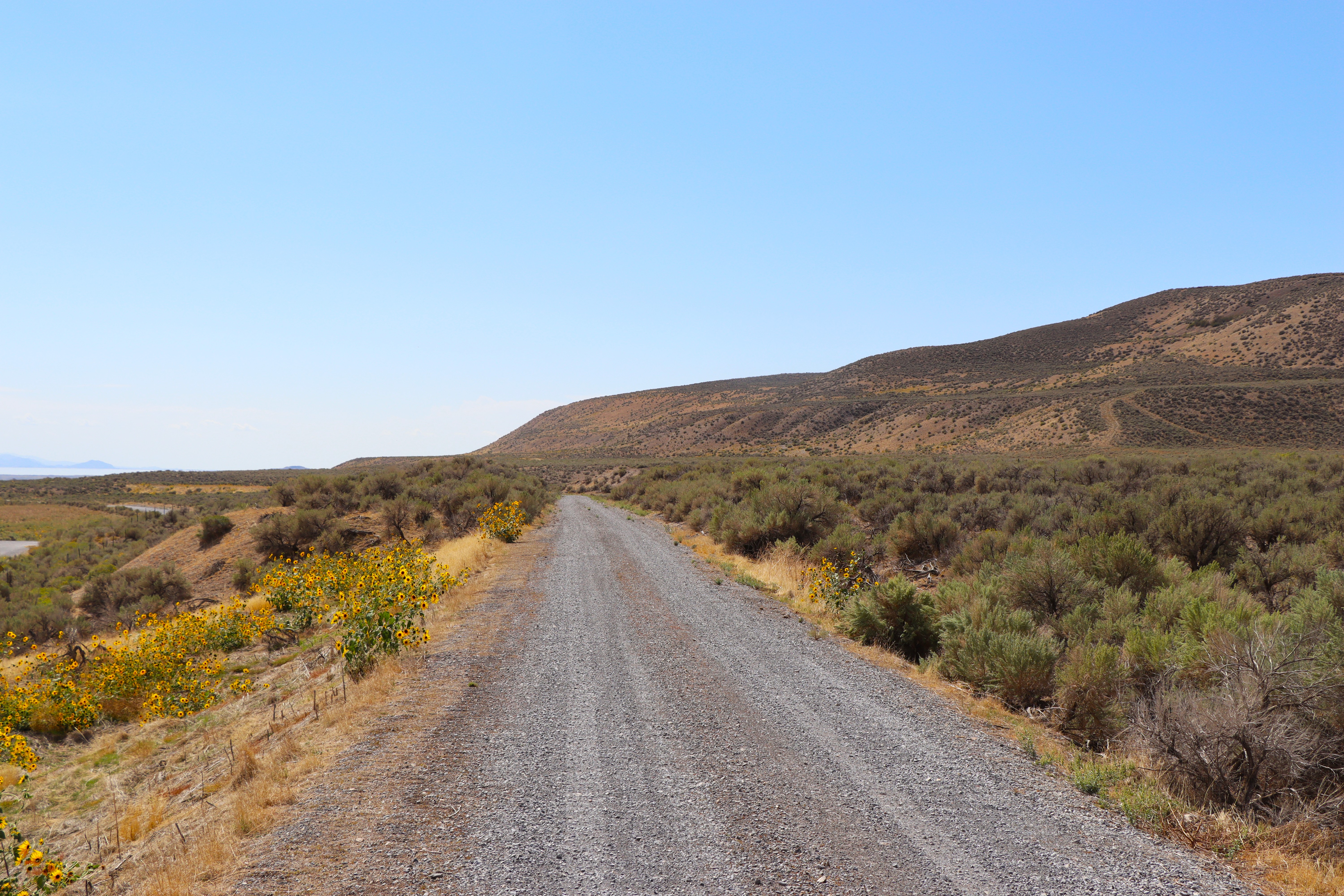
#7 Ten Miles in One Day#7 Marker for Ten Miles in a Day Sign 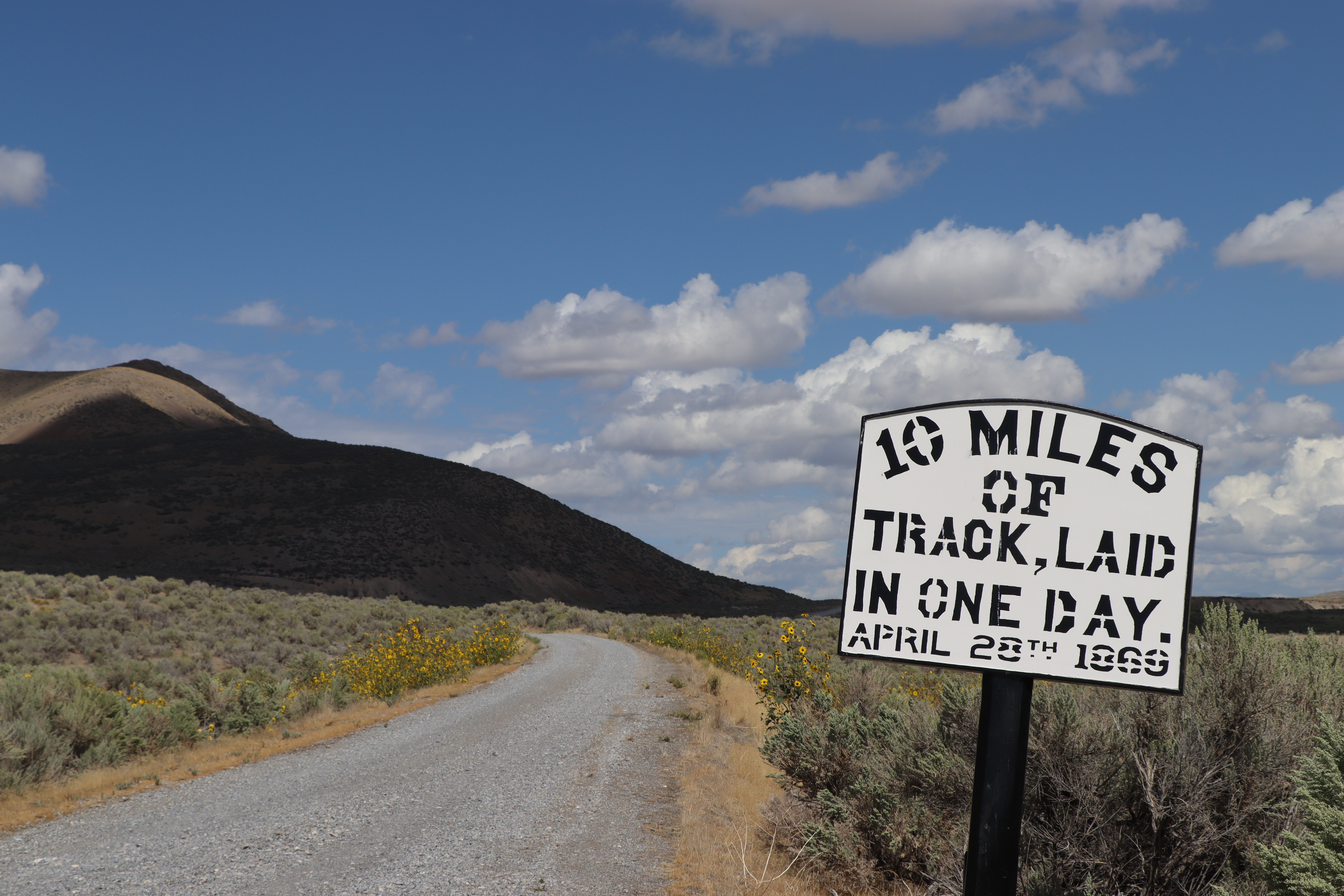
#8 Gravel for Ballast#8 Marker for Gravel for Ballast 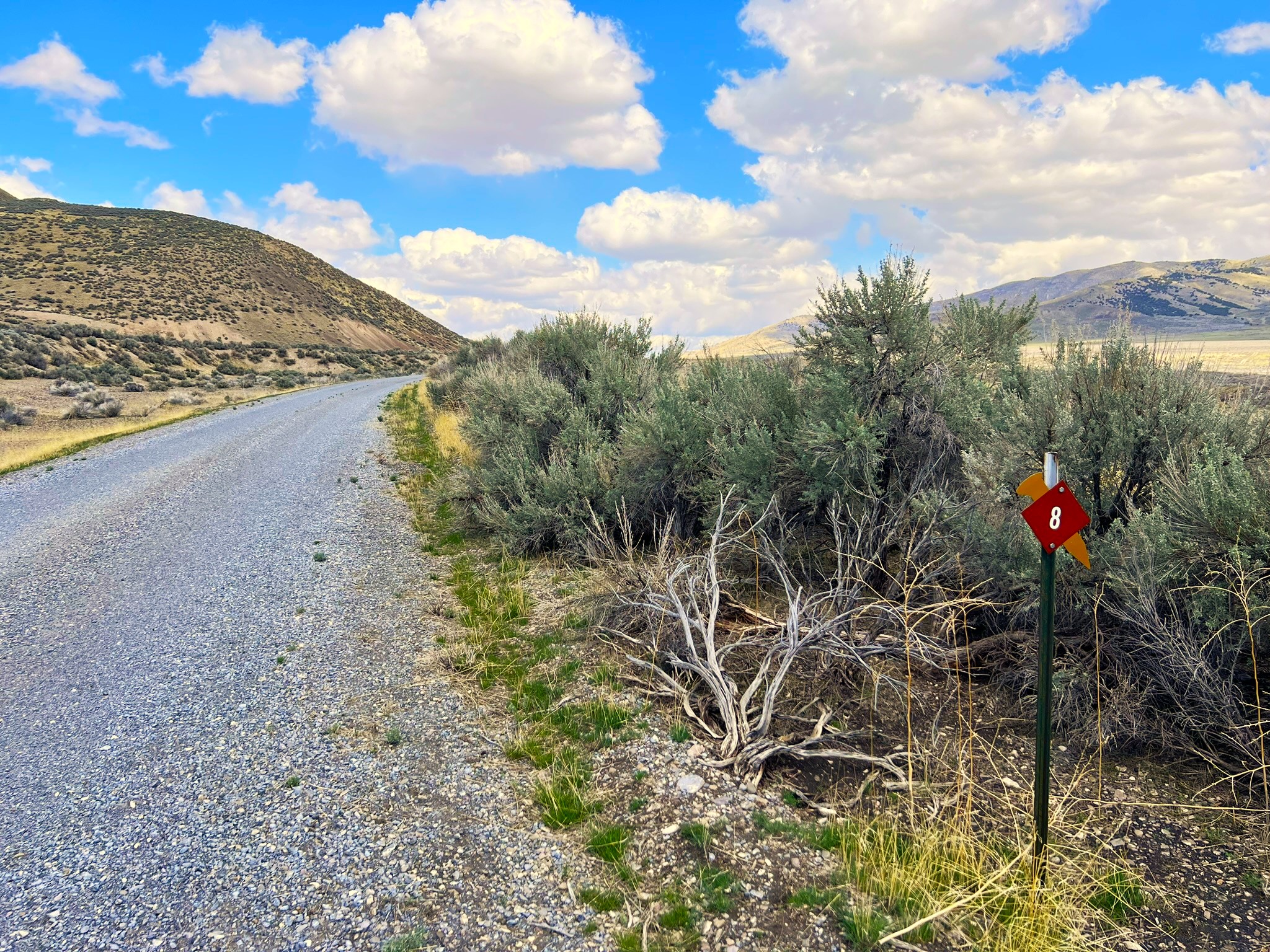
#9 Approaching the Golden Spike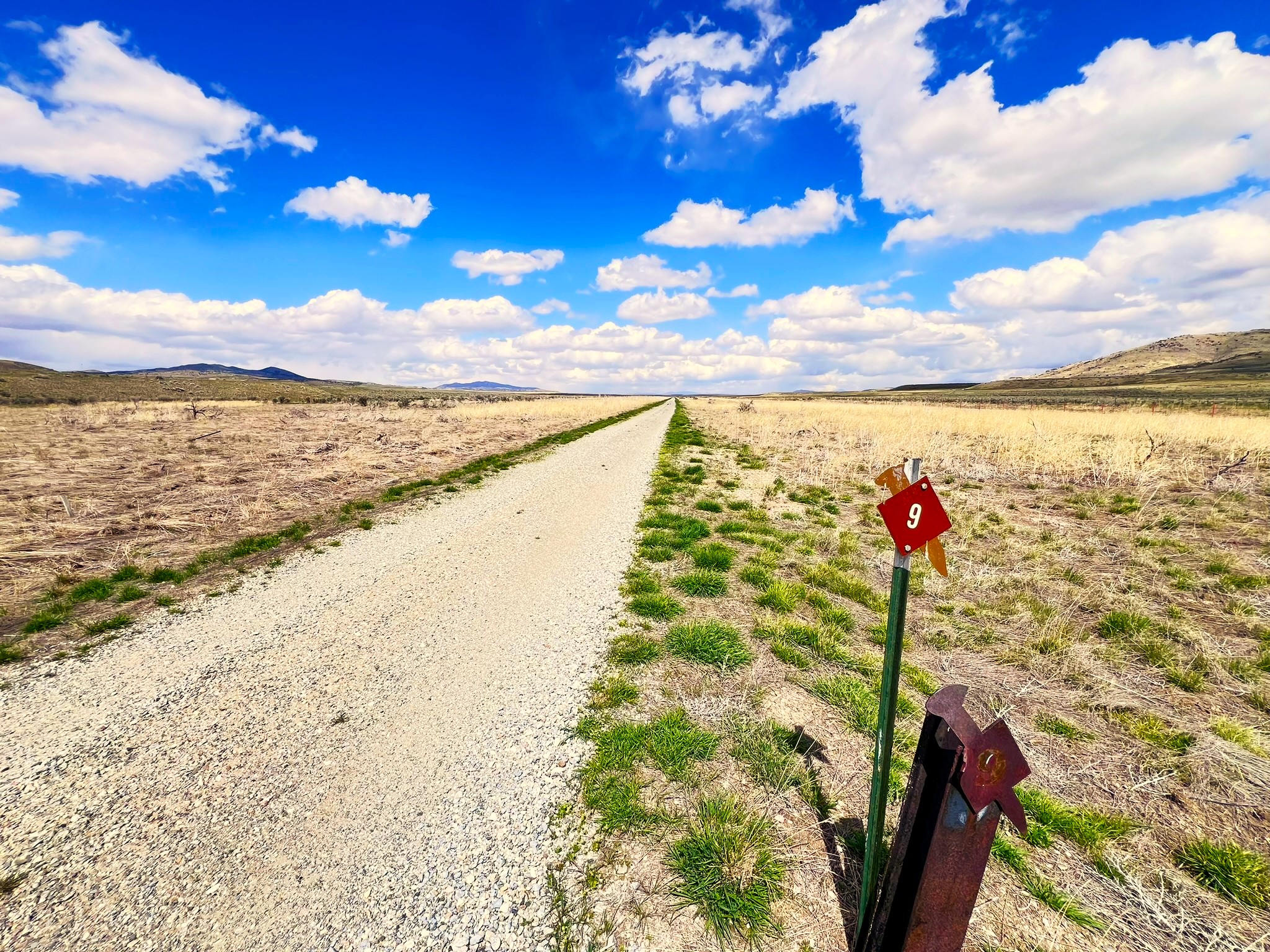
|
| Visitor Centers | Count: 1
Golden Spike National Historical Park Visitor Center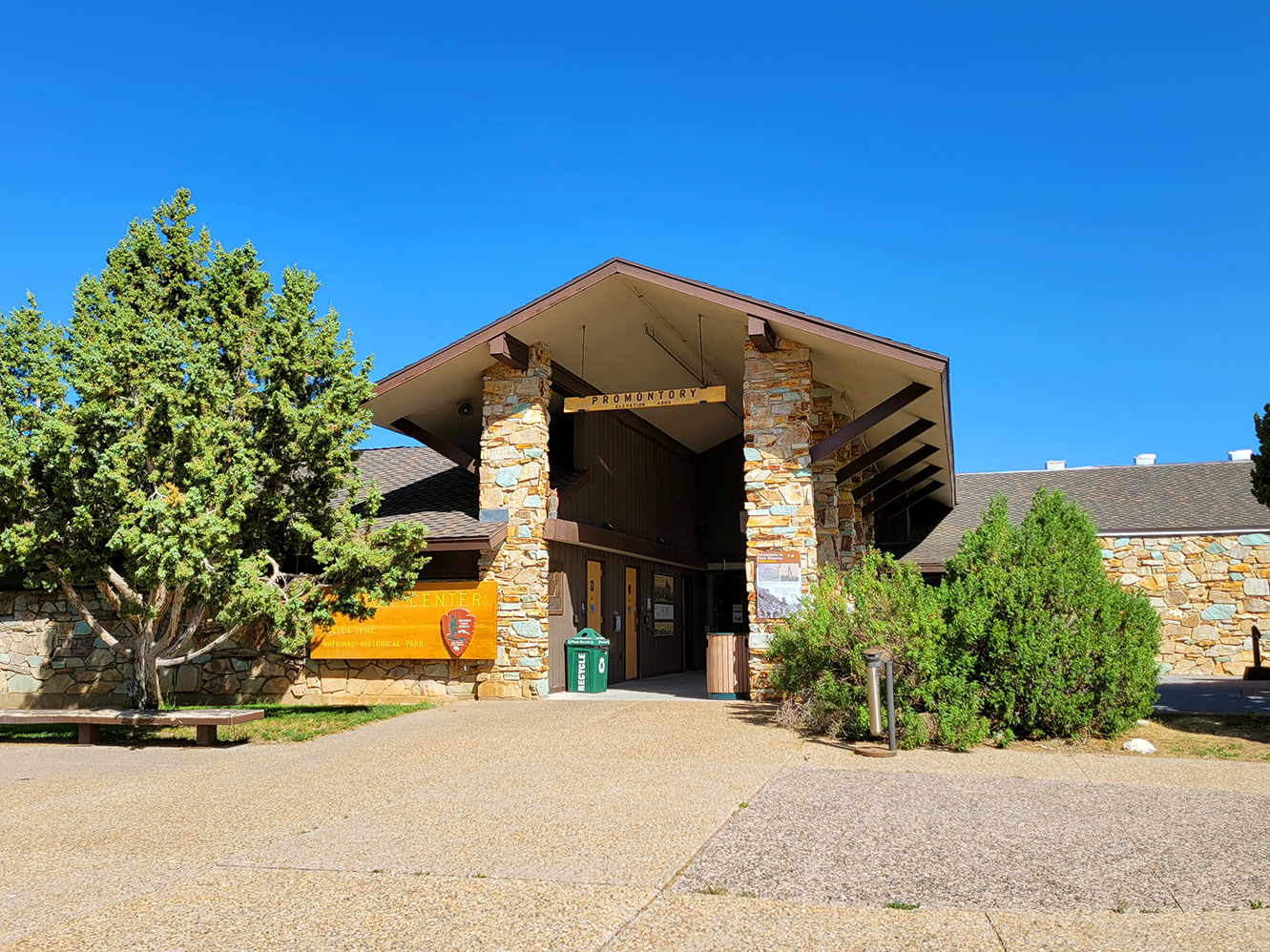
|
| Things to do | Count: 7
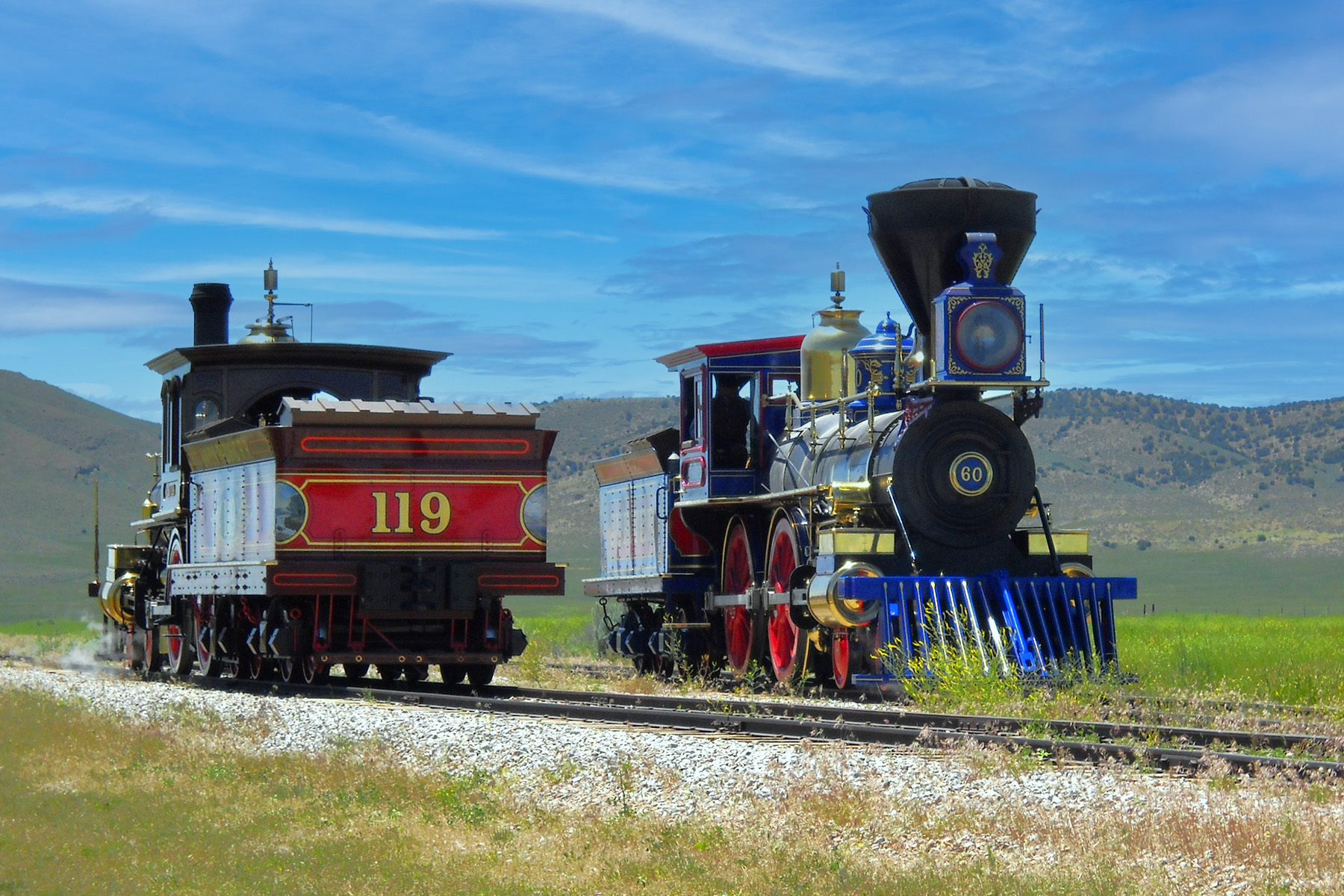
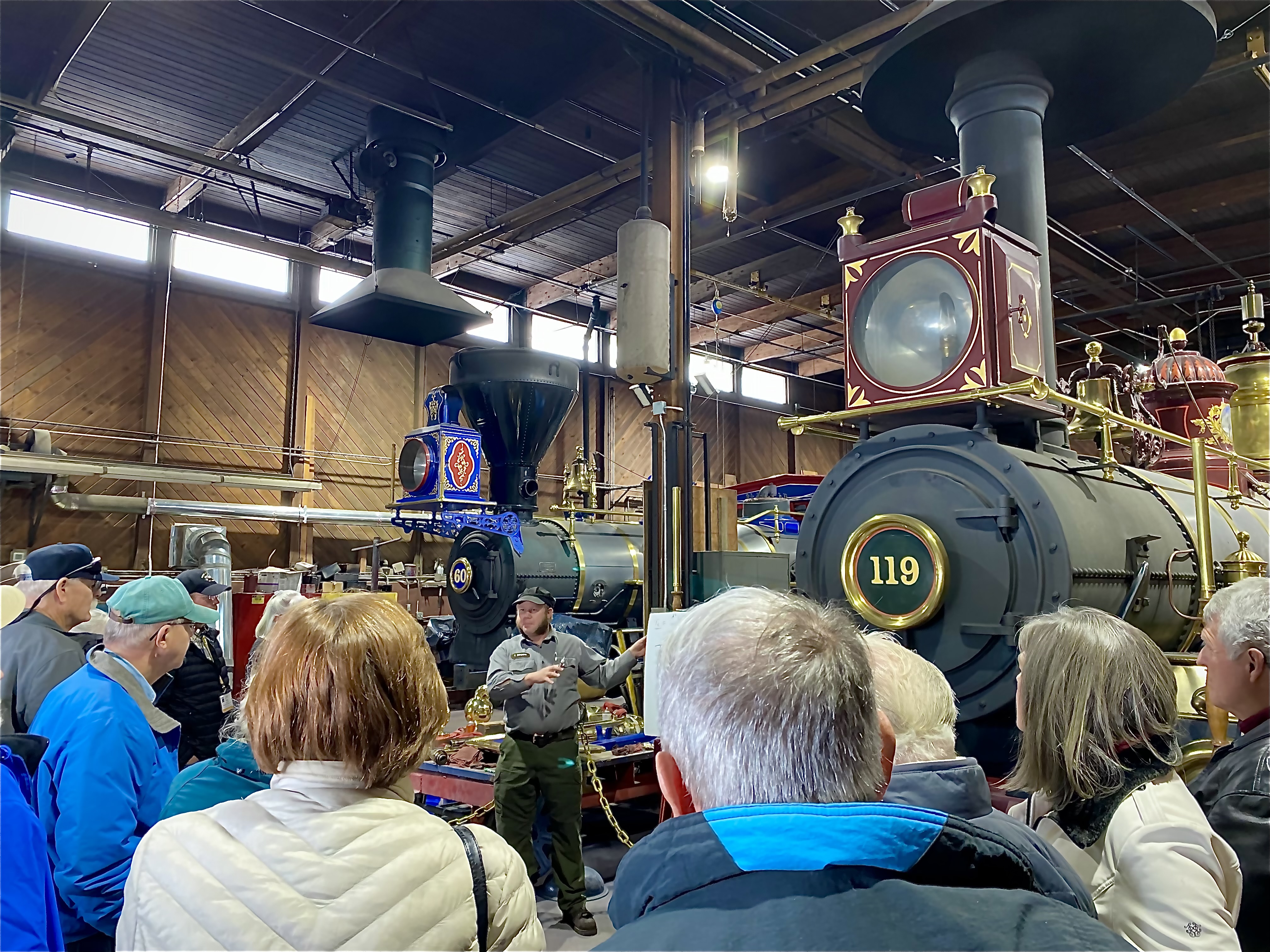
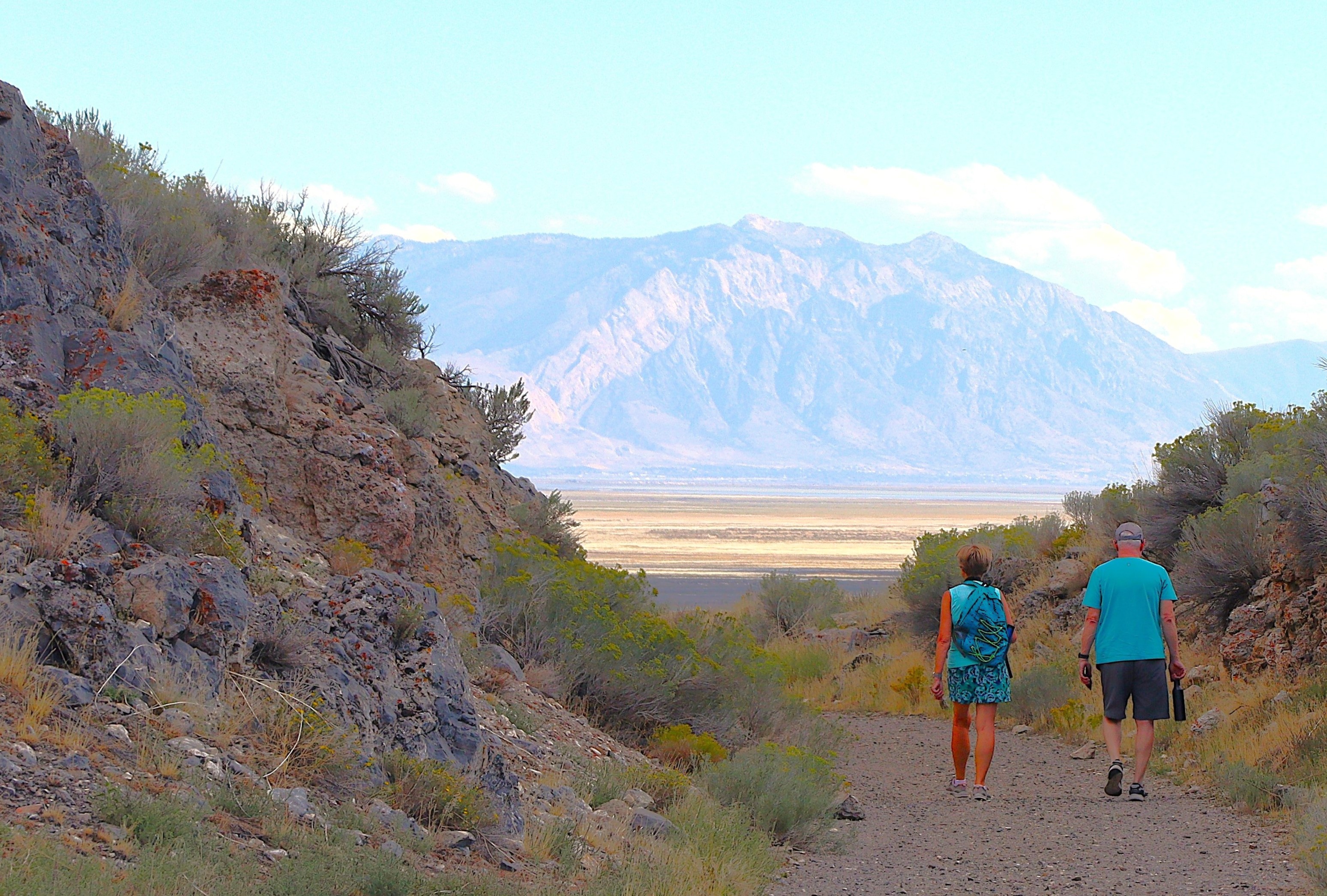
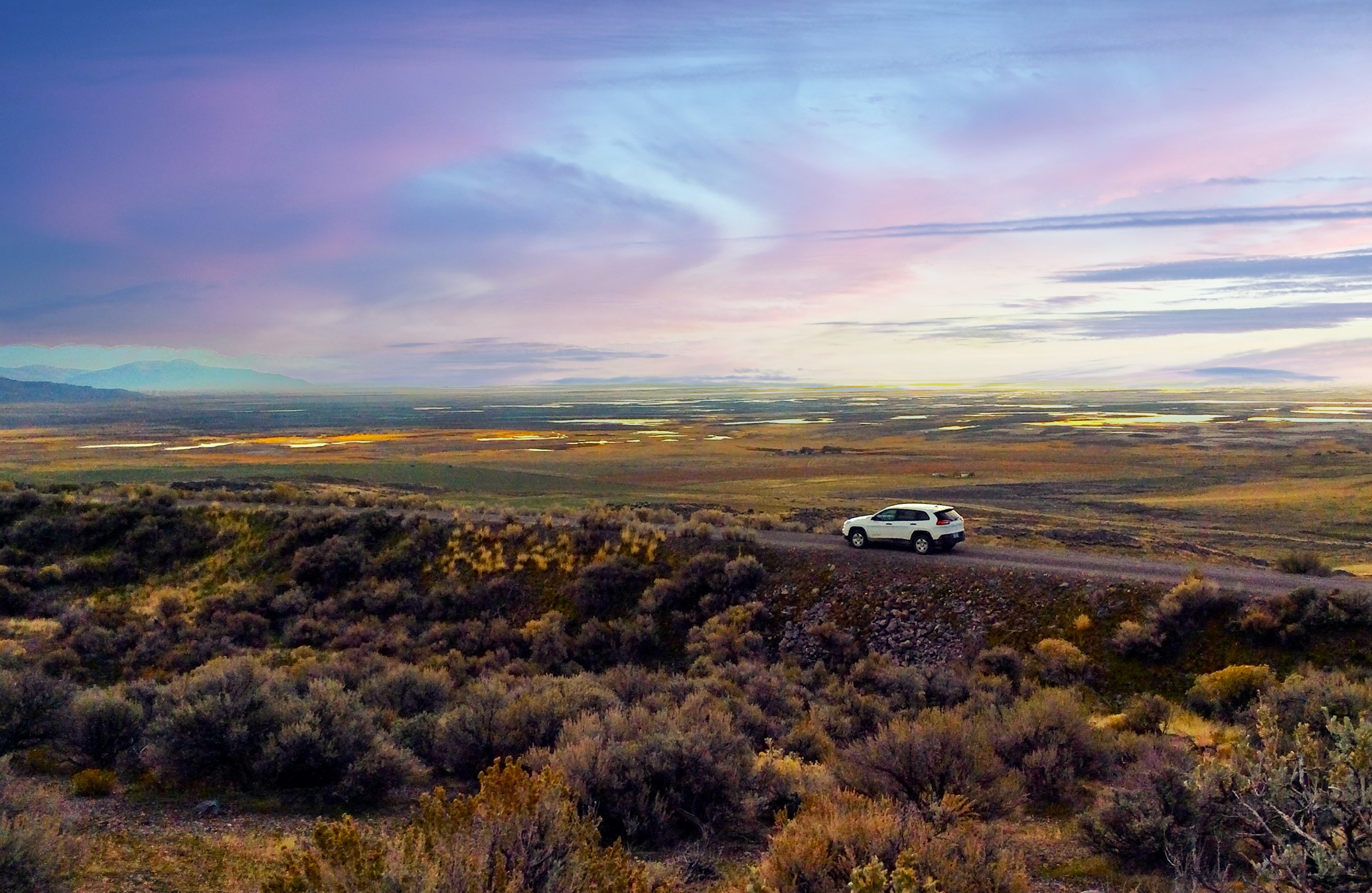
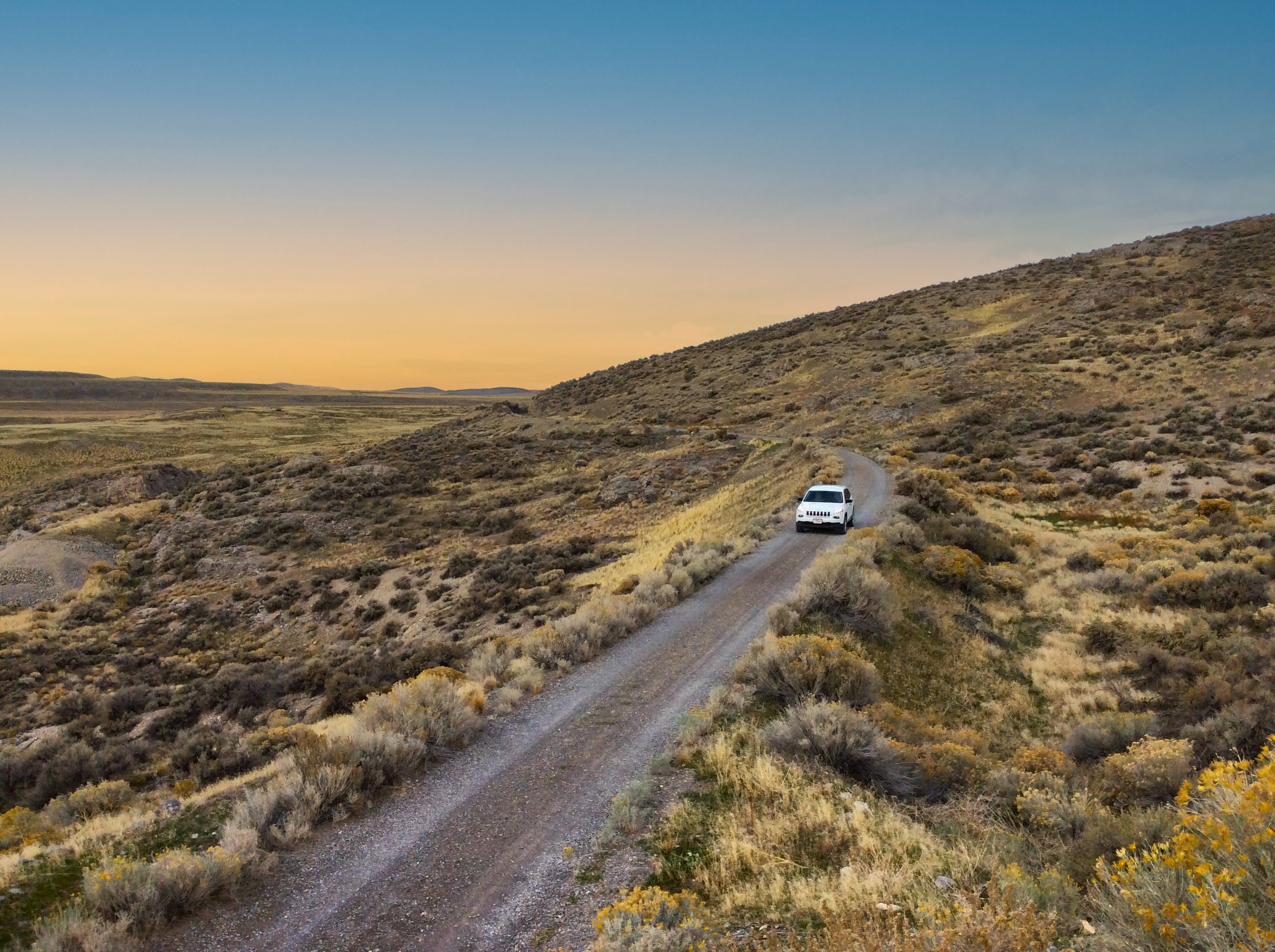

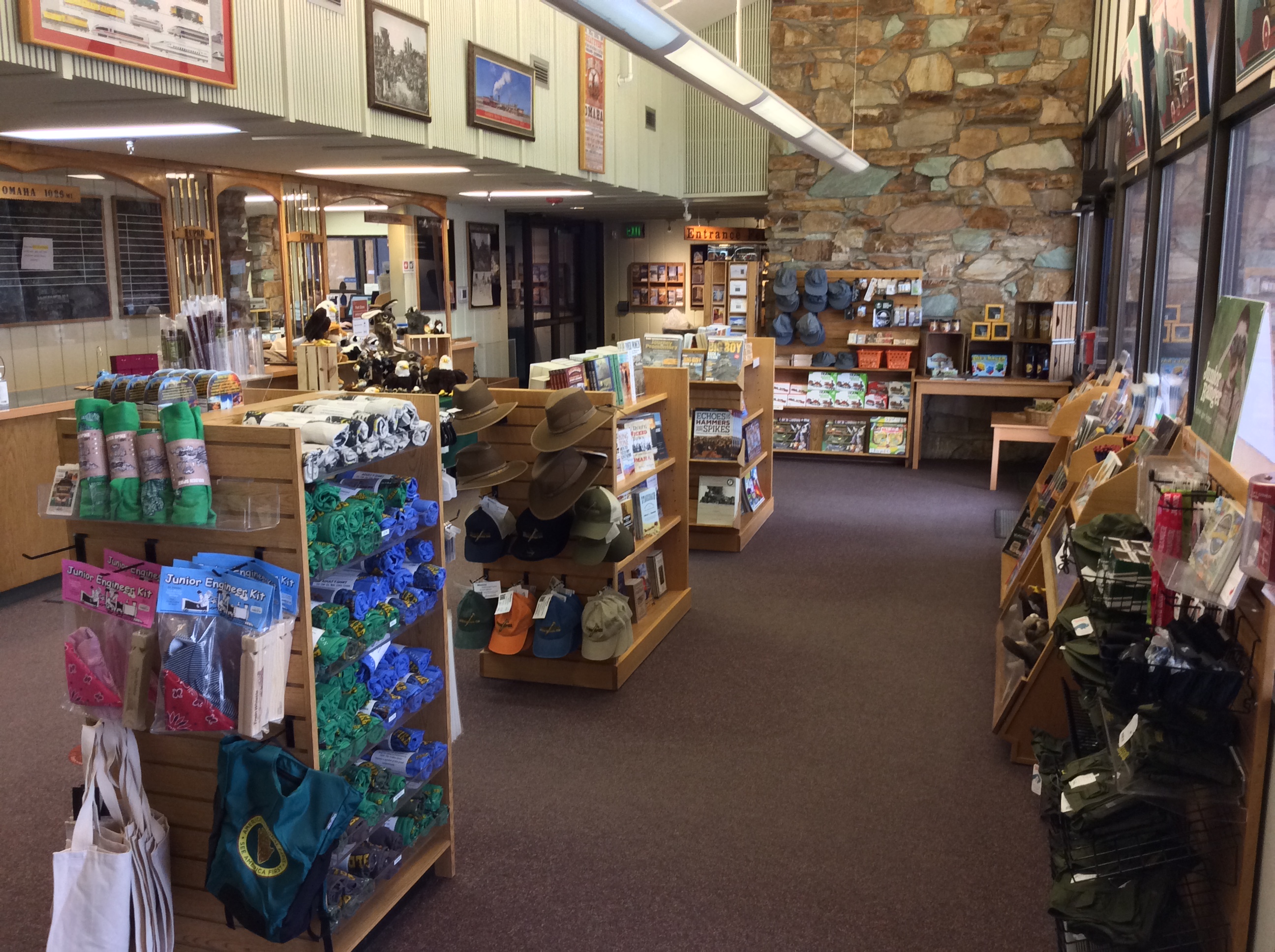
|
| Tours |
Count: 2
East Auto TourThe East Auto Tour is two miles long and follows the original Transcontinental railroad grade, allowing visitors to experience what passengers would have encountered on their travels into Promontory Station. Sweeping views of the Wasatch mountains, Chinese Arch and exam of railroad construction methods such as earthen fills, railbed cuts, and rock culverts can be found along the route. The tour begins 4 miles east of the Visitor Center via Golden Spike Drive. West Auto TourThe West Auto Tour is approximately seven miles and follows the original Transcontinental railroad grade and allows visitors to experience what passengers would have encountered on their travels through Utah Territory. A glimpse of the Great Salt Lake, wide open spaces and the iconic "10 Miles in a Day" sign await the visitor. The tour begins seven miles west of the Visitor Center via Golden Spike Drive. The West Tour is closed seasonally from late November to early June. |
| Articles |
|